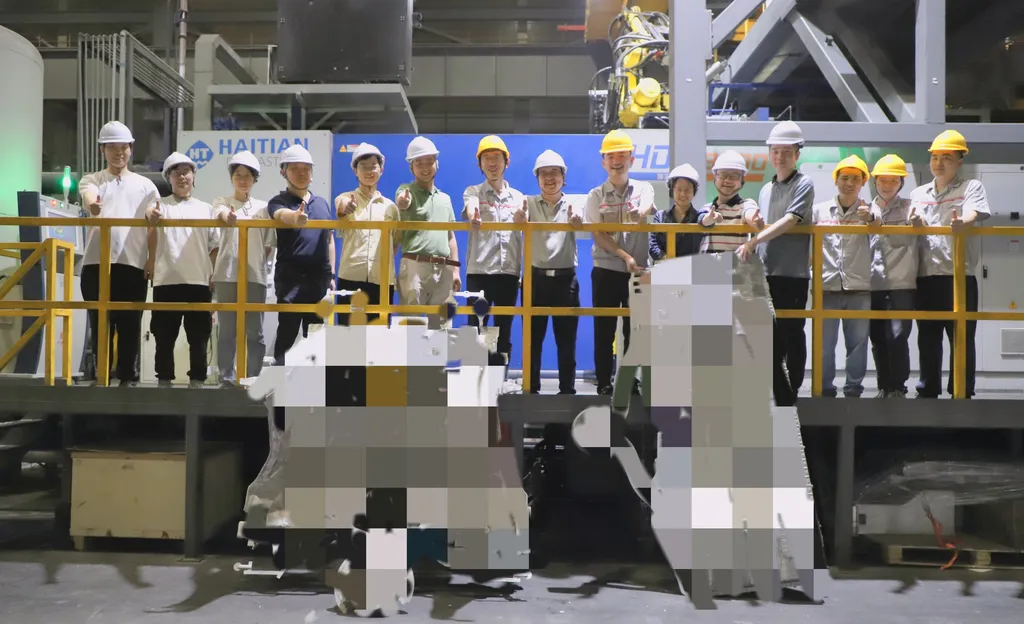In the quest to enhance the performance of magnesium alloys, a team of researchers led by Dr. Hansong Xue from the College of Materials Science and Engineering at Chongqing University in China has uncovered a groundbreaking approach that could revolutionize the energy sector. Their findings, published in the journal *Materials Research Letters* (translated from Chinese as *材料研究信件*), delve into the intricate world of atomic-scale grain boundary segregation, offering a novel way to construct lamellar heterogeneous magnesium alloys.
Magnesium alloys are prized for their lightweight and high strength-to-weight ratio, making them ideal for applications in the automotive and aerospace industries, where reducing weight can significantly improve energy efficiency. However, their widespread adoption has been hindered by challenges in achieving the desired mechanical properties and structural integrity. Dr. Xue’s research addresses this very issue by exploring the role of solute grain boundary (GB) segregation in the recrystallization behavior of magnesium alloys during hot extrusion.
The study reveals that the formation of a heterogeneous structure in magnesium alloys is primarily driven by the solute drag pressure exerted by elements such as aluminum, zinc, and calcium. These solutes increase the levels of co-segregation in the grain boundaries, activating non-basal
“By understanding and manipulating the segregation behavior of solute atoms at the grain boundaries, we can significantly enhance the mechanical properties of magnesium alloys,” Dr. Xue explained. “This approach opens up new avenues for designing advanced materials that are not only lighter but also stronger and more durable.”
The implications of this research are far-reaching, particularly for the energy sector. Lighter and stronger materials can lead to more fuel-efficient vehicles and aircraft, reducing carbon emissions and contributing to a more sustainable future. Additionally, the insights gained from this study could pave the way for the development of new alloys with tailored properties, further expanding the applications of magnesium alloys in various industries.
Dr. Xue’s work highlights the importance of multi-scale solute atom GB segregation behavior and provides new insights into GB segregation-induced heterogeneous structural transitions in magnesium alloys. As the world continues to seek innovative solutions to the challenges of energy efficiency and sustainability, this research offers a promising path forward.
“Our findings represent a significant step towards unlocking the full potential of magnesium alloys,” Dr. Xue added. “We are excited about the possibilities that this research opens up and look forward to seeing its impact on the development of advanced materials for the energy sector.”
As the scientific community continues to explore the intricacies of atomic-scale phenomena, Dr. Xue’s research serves as a testament to the power of fundamental science in driving technological innovation. By pushing the boundaries of our understanding, researchers like Dr. Xue are shaping the future of materials science and paving the way for a more sustainable and energy-efficient world.

